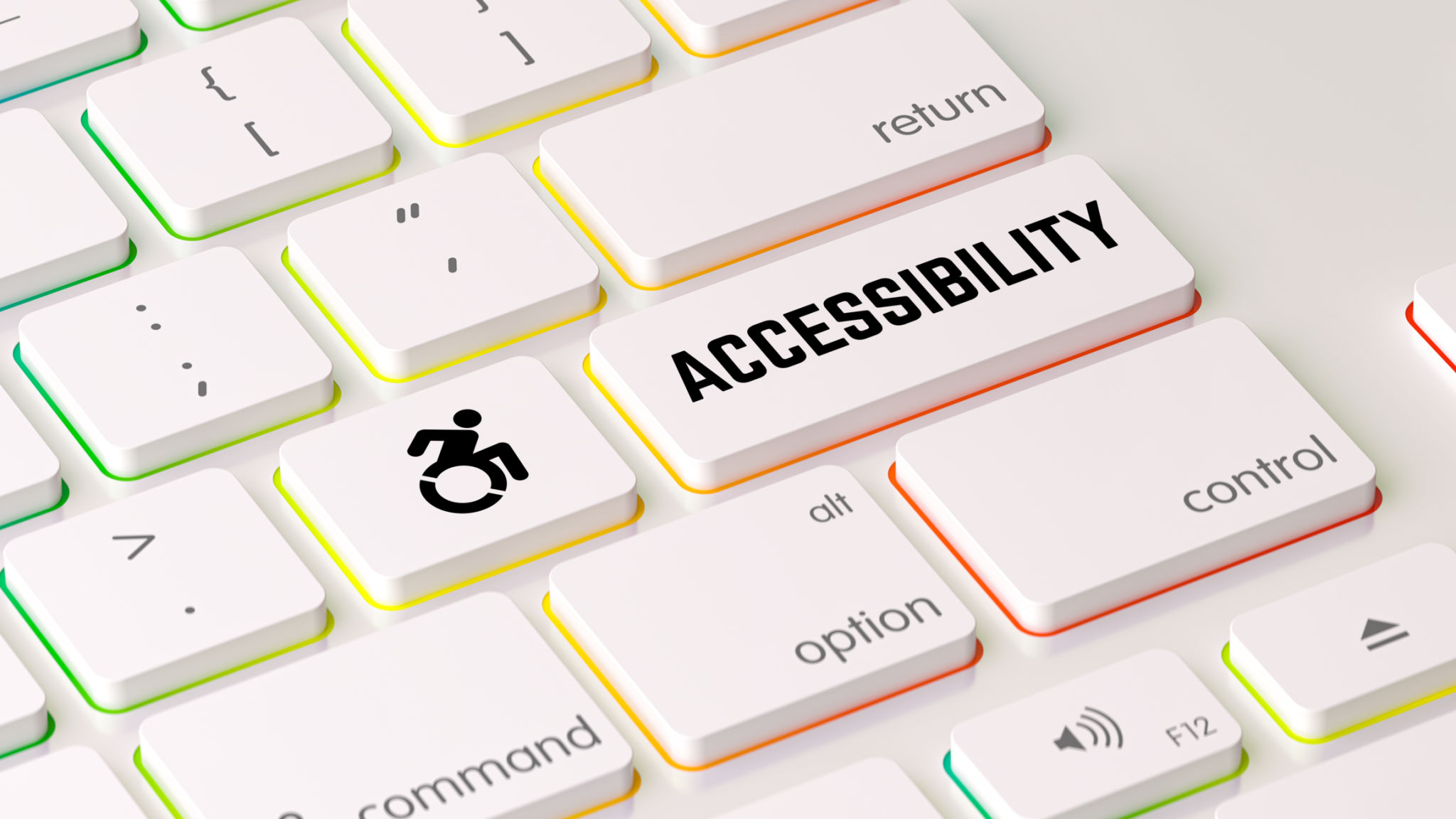Debunking Common Myths About Web3 Technologies
Understanding Web3: A New Era of the Internet
Web3 technologies are often shrouded in mystery and misconceptions. As the next evolution of the internet, Web3 promises greater decentralization, security, and user empowerment. However, several myths have emerged, clouding public perception and understanding of these groundbreaking technologies.

Myth 1: Web3 Is Just About Cryptocurrency
One of the most common misconceptions is that Web3 is synonymous with cryptocurrency. While cryptocurrencies like Bitcoin and Ethereum are integral to Web3, the scope of this technological revolution is much broader. Web3 encompasses a variety of technologies, including blockchain, decentralized finance (DeFi), non-fungible tokens (NFTs), and decentralized applications (dApps).
These technologies aim to create a more open and transparent internet where users have control over their data and digital interactions. Web3's potential extends beyond finance, impacting industries such as healthcare, supply chain management, and digital identity verification.
Myth 2: Web3 Is Insecure
Security concerns often arise when discussing Web3. Critics argue that decentralized systems are more vulnerable to attacks. However, the opposite is often true. Blockchain technology, a core component of Web3, offers enhanced security through its distributed ledger system, which ensures data integrity and transparency.

While no system is entirely immune to threats, Web3 technologies leverage cryptographic techniques to protect data and transactions. Additionally, smart contracts—self-executing agreements with the terms of the contract directly written into code—reduce the risk of fraud and manipulation.
Myth 3: Web3 Is Too Complex for the Average User
The complexity of Web3 technologies can be intimidating for newcomers. However, as with any emerging technology, user-friendly platforms and tools are being developed to simplify the experience. Many companies are focusing on creating intuitive interfaces that make it easier for users to interact with decentralized applications.
Moreover, educational resources are becoming increasingly available, helping users understand how to navigate the Web3 ecosystem. As these technologies mature, they will become more accessible to a broader audience.

Myth 4: Web3 Will Replace Web2
There is a misconception that Web3 will completely replace Web2. In reality, Web3 is more likely to complement existing internet infrastructure rather than replace it entirely. The integration of Web2 and Web3 technologies can lead to a more robust and versatile internet experience.
For instance, traditional web applications can adopt blockchain components to enhance security and decentralization. This hybrid approach allows users to enjoy the benefits of both worlds without sacrificing the familiarity of current web technologies.
The Future of Web3: Bridging the Gap
The evolution of Web3 is still in its early stages, but its potential to transform the digital landscape is undeniable. By debunking these common myths, we can foster a better understanding of how these technologies work and their potential impact on society.

As more people and businesses embrace Web3 technologies, it will pave the way for innovation and new opportunities across various sectors. Understanding and addressing misconceptions is crucial in ensuring a smoother transition into this exciting new era of the internet.
